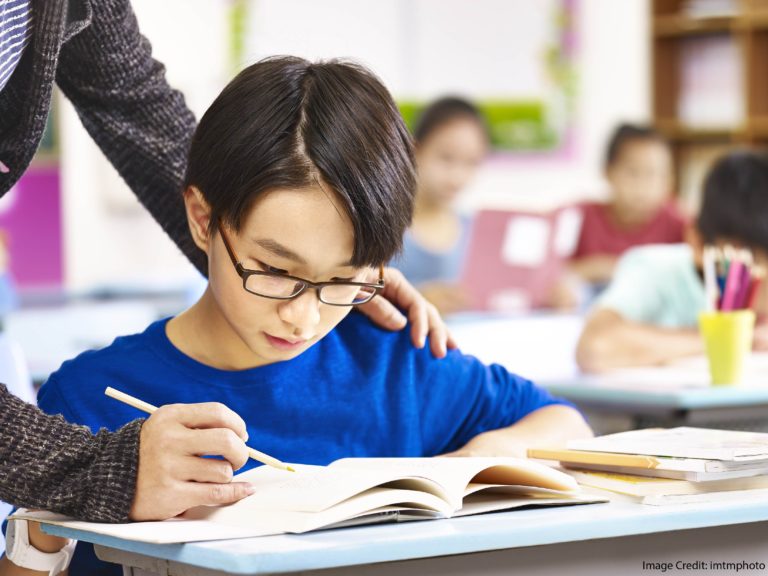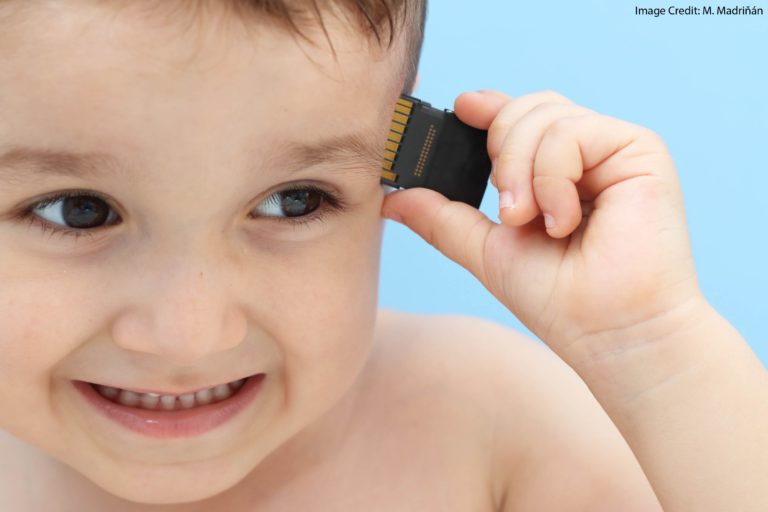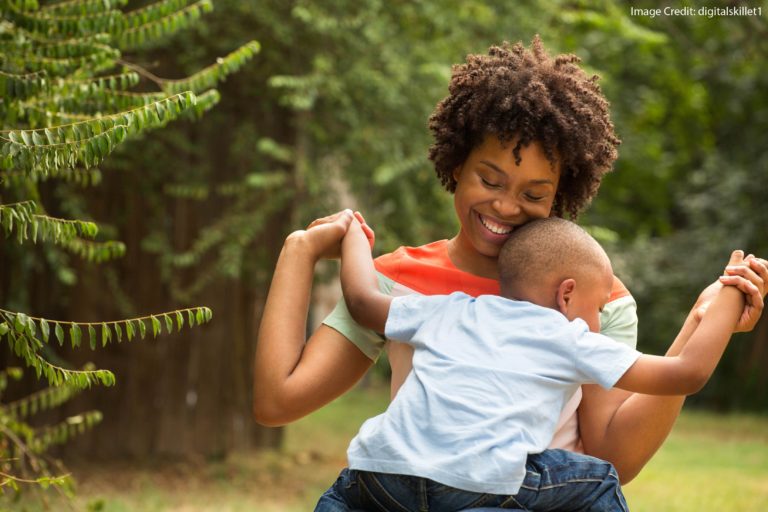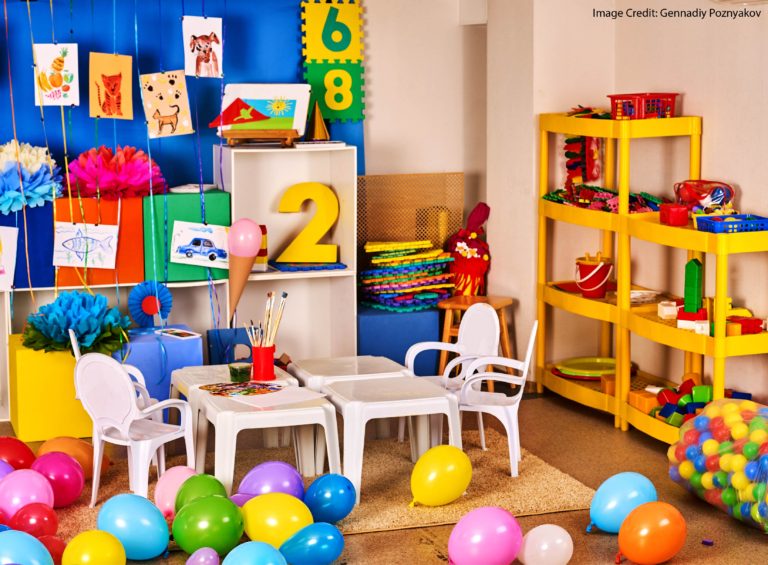Tags
ADHD adolescence attention autism book review boundary conditions classroom advice conference speakers constructivism/direct instruction creativity desirable difficulty development dual coding elementary school embodied cognition emotion evolution exercise experts and novices gender high school homework intelligence long-term memory math methodology middle school mind-wandering mindfulness Mindset motivation neuromyths neuroscience online learning parents psychology reading retrieval practice self-control skepticism sleep STEM stress technology working memoryRecent Comments
- "All People Learn the Same Way": Exploring a Debate |Education & Teacher Conferences on The Goldilocks Map by Andrew Watson
- URL on Difference Maker: Enacting Systems Theory in Biology Teaching, by Christian...
- URL on The Distracted Mind: Ancient Brains in a High-Tech World by...
- Celular na Escola: novas regras transformam o ambiente de ensino - O Mundo no Seu Bolso on Cell Phones in the Classroom: Expected (and Unexpected) Effects
- Is "Cell Phone Addiction" Really a Thing? |Education & Teacher Conferences on Laptop Notes or Handwritten Notes? Even the New York Times...
ABOUT THE BLOG

Category Archives: L&B Blog

Beyond the Mouse: Pointing in Online Lectures
When teachers use gestures appropriately in online learning, students learn more. Continue reading

Obsessed With Working Memory: Part I
When I attended my first Learning and the Brain conference, I had never even heard of…

Does Smartphone Addiction Boost Anxiety and Depression?
Despite all the scary headlines, research on cell-phone usage relies on self-report. And: people are very bad at remembering how much they actually use their phones. We simply don’t yet know much from research about their effects. Continue reading

Debunking Education Myths (Without Accidentally Reinforcing Them…)
Enduring education myths get in the way of student learning. Happily, we have concrete strategies to rebut those myths — without unintentionally making them seem more persuasive. Continue reading

Powerful Evidence: Self-Control Training Works — and Changes Brains
Both survey data and fMRI neuroimaging suggest that a program to help poor children develop self-control skills had real benefits over many years. Continue reading

Putting The Canary on a Better Book Shelf
A student’s “prior misconceptions” often interfere with new learning. To help them understand new material, we first need to identify the misconceptions that make it hard to understand in the first place. Continue reading

Decorating the Classroom: How Much Is Too Much?
Teachers decorate classrooms for many reasons — especially to make students feel at home. Recent research, however, suggests that too much decoration distracts students’ attention an interferes with their memory. When it comes to classroom decoration, there can indeed be too much of a good thing. Continue reading

Design Thinking: How Does It Work In The Classroom?
A careful study of design thinking finds modest successes — especially for students who have struggled in school. Continue reading

“But I Study Much Better With My Music On”
Yet another study shows that background music — especially music with lyrics — makes reading comprehension harder, not easier. We study best in silence. Continue reading

Overcoming Potential Perils of Online Learning
Typical at-home distractions can indeed interfere with online learning. Happily, researchers have suggestions on how best to mitigate these problems. Continue reading
